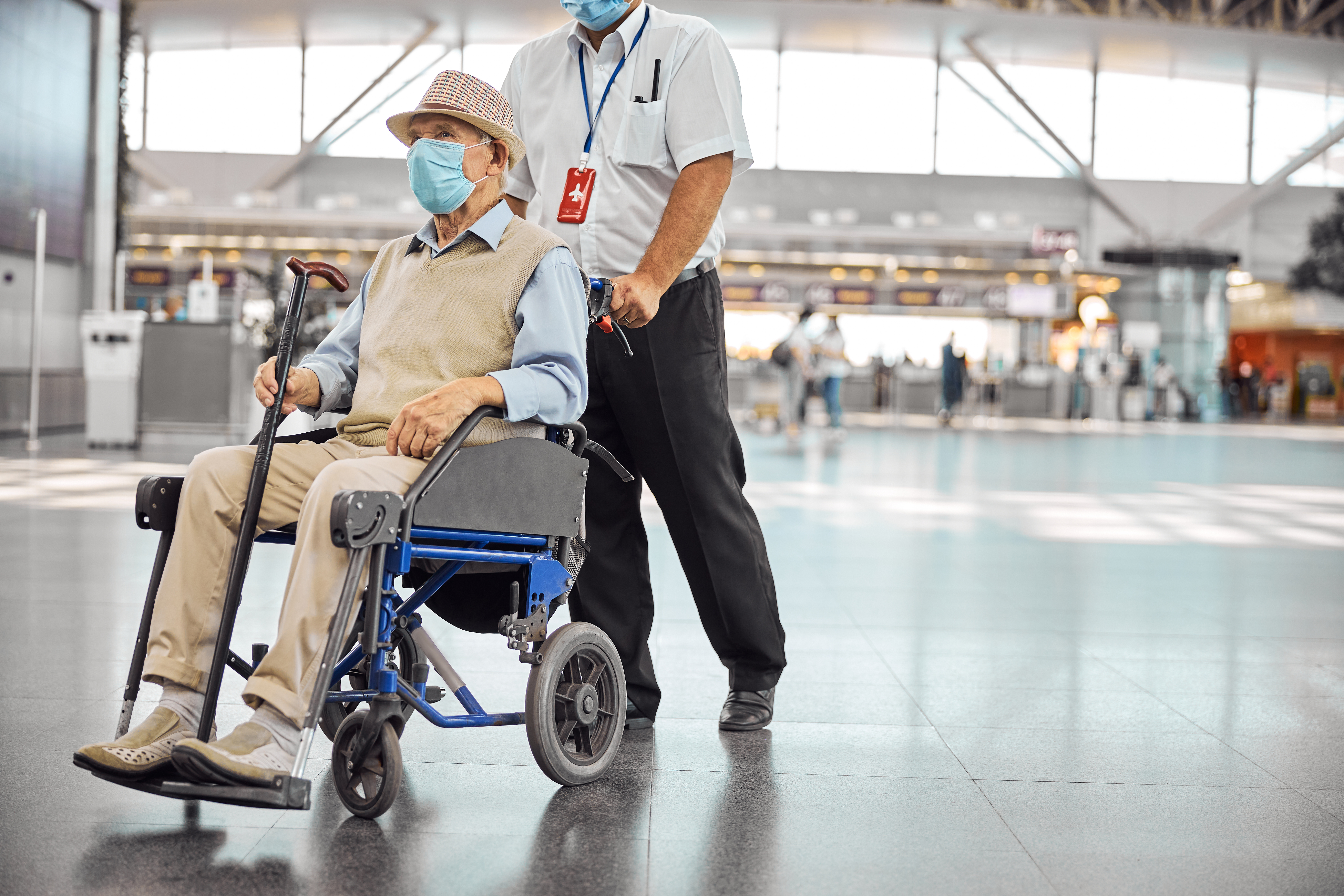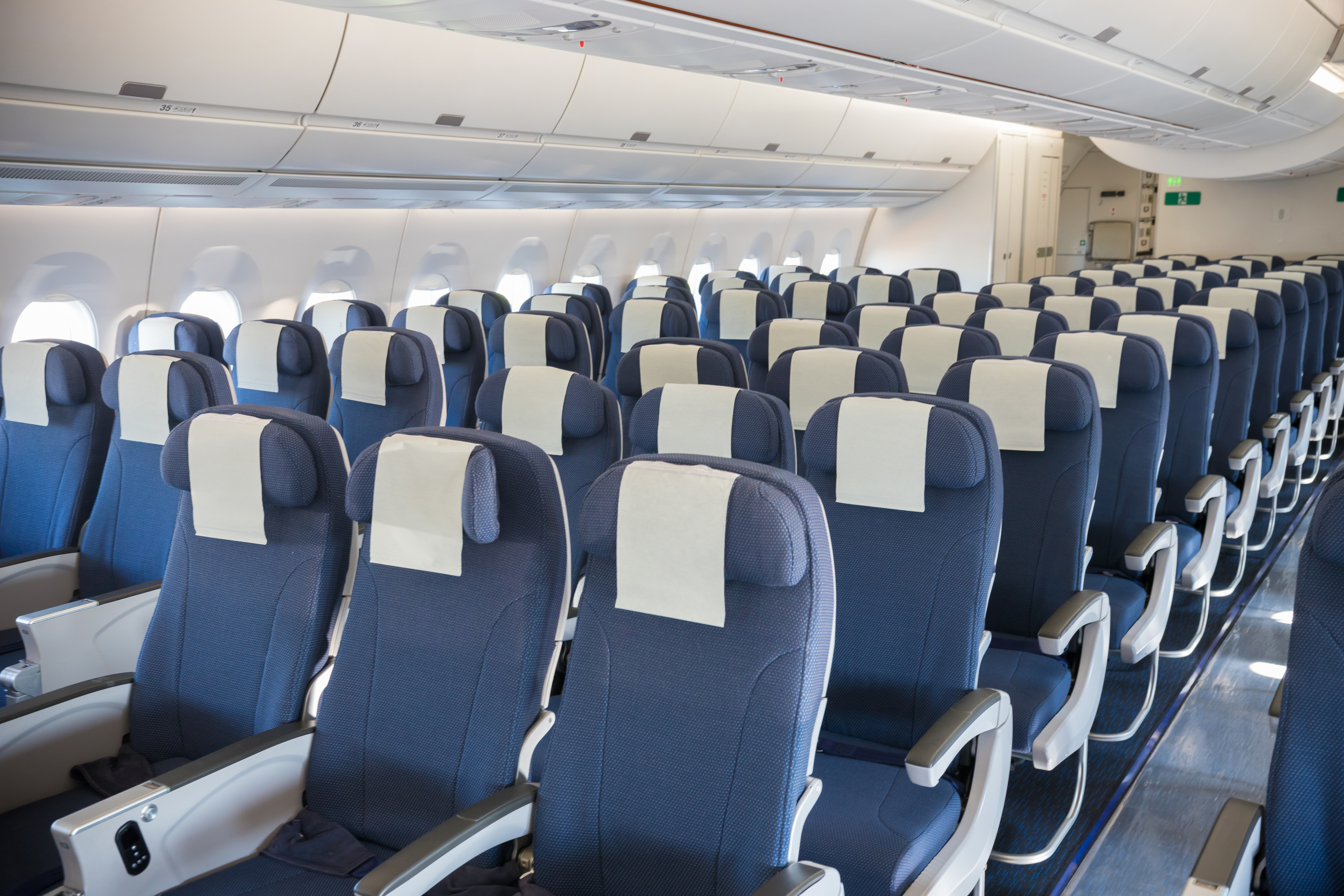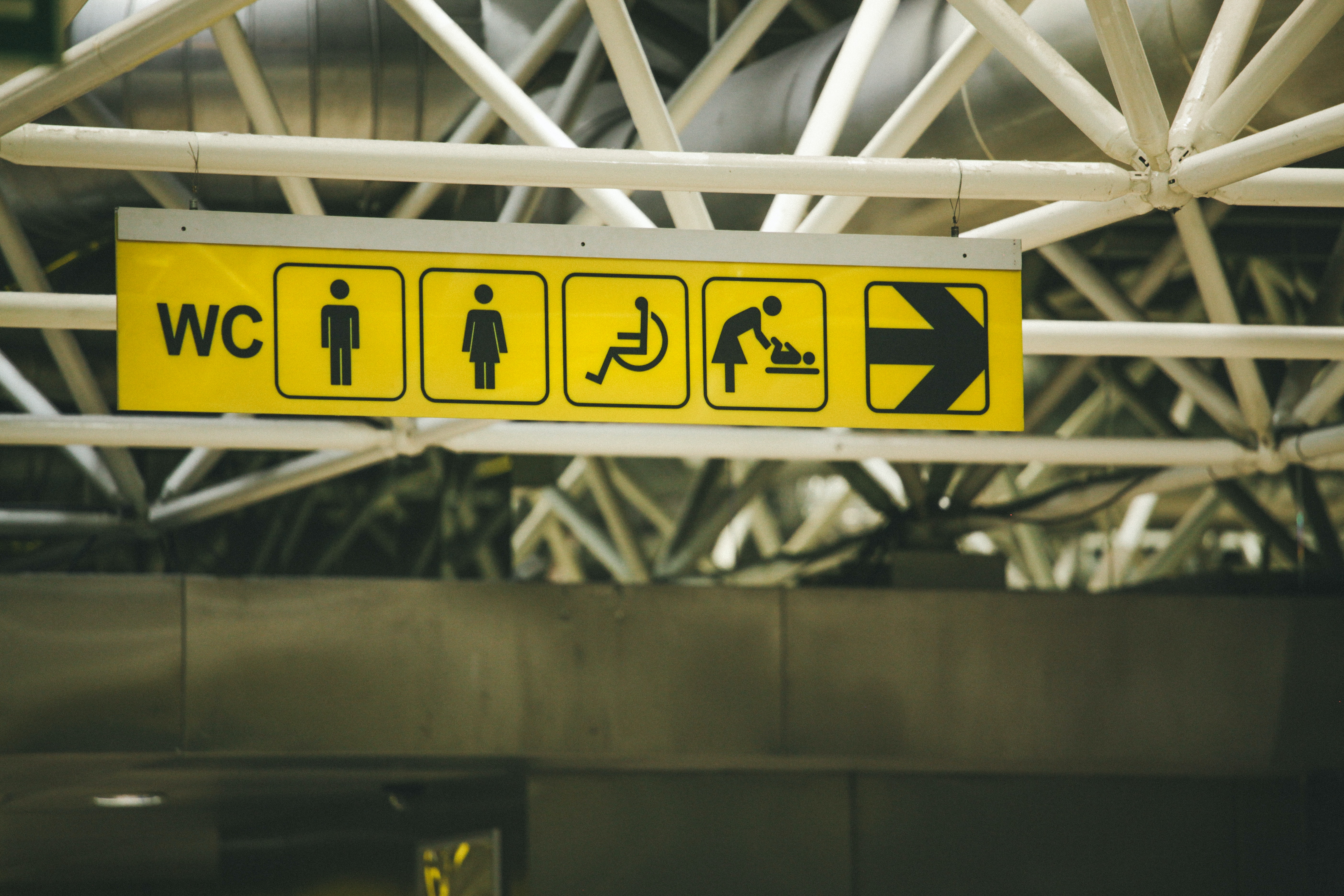
For some, flying may be inconvenient, more so for people with physical or hidden disabilities. Disabled passengers still face a lot of barriers when flying, from boarding and disembarking to the convenience of using onboard facilities. That is why it is important for the aviation industry to make air travel accessible for everyone, no matter what their abilities or limitations are.
Airline accessibility is also not just a necessary commitment; it also makes business sense.
Accessibility for all
The World Health Organization (WHO) says that an estimated 1.3 billion people experience significant disability. That’s approximately one in every six people, or 16% of the world’s population.
One essential mode of transportation for people all over the world is air travel. And for passengers with disabilities, flying comes with several challenges.
For instance, wheelchair users have found their wheelchairs not only mistreated, but also unable to be located by airlines. Stephanie Cadieux, the Chief Accessibility Officer of Canada, is just one such traveller lost her wheelchair during a flight from Toronto to Vancouver. On the other hand, Australian Paralympian Karni Liddell has experienced multiple instances where airlines denied her boarding due to her mobility aid containing lithium batteries.
The Department of Transportation (DOT) reported over 800 wheelchairs mishandled by U.S. airlines alone. This translates to almost 1.5 damaged chairs for every 100 flown. DOT also received 1,394 disability-related complaints from airline passengers. As a result, many passengers with accessibility challenges may be opting not to fly to avoid damage.
The silver lining, however, is that the aviation industry is responding. Airports have invested in improving ramps, elevators, restrooms, and other areas to achieve airline accessibility for all.

Space saving seating
Bulkhead seats, or seats at the front of the plane, are often the seat of choice for people with mobility disabilities. While they may not have moveable armrests due to the tray tables, bulkhead seats offer more legroom. Other seats that do have a moveable armrest may allow disabled passengers to slide from an aisle seat directly into theirs. This is not, however, a seamless solution.
In the U.S., certain airlines need to provide seating accommodations to qualified passengers with disabilities under the Air Carrier Access Act (ACAA). Most airlines provide advance seat assignments for passengers with disabilities, while others do not provide this option.
Disabled passengers are also known to have been purchasing premium cabin seating because of travel concerns.
But innovations for seat optimisation in non-premium cabins also need to be developed to further cater to the needs of passengers with disabilities. One good example is the team-up of Collins Aerospace with the National Institute for Aviation Research (NIAR) researchers and students. Their “Fly Your Wheels Suite” concept allows disabled passengers to board aircraft using their own power wheelchairs without discarding existing seats. While this airplane accessibility idea is still in the works, Collins reports that they are planning to create digital and physical models to attract future airline clients.
Molon Labe Seating also developed the Freedom Seat prototype. The Freedom Seat design enables the aisle seat to slide over to the window seat, creating space for the attachment of a wheelchair via a docking system. Molon Labe has performed in-house crash testing, and the prototype’s design has passed Technical Standard Orders (TSO) authorisation.

Processes and convenience
In addition to optimising aircraft seats, manufacturers are utilising technology to work towards more accessible cabins. This is evident even in some non-premium cabins, including Swiss’ A220s that feature mini screens that broadcast geovision and broadcast instructions. This may be especially helpful for passengers who have visual impairments whilst saving the carrier on the cost of installing full seatback IFE systems.
The United Airlines 787-10 Dreamliner also boasts a seatback entertainment system to suits passengers with varying levels of vision and supports those with hearing or mobility issues. It also has text-to-speech with reading granularity options, custom messaging tailored for customers with hearing disabilities, and options for mobility-impaired passengers who have difficulties swiping or using handset features. This IFE system even won the Crystal Cabin Award for Inflight Entertainment and Connectivity in 2019.
Another part of the passenger experience is selecting food and beverages. Aside from carefully curating choices for passengers, airlines have considered how passengers can order more easily. Icelandair, for example, has introduced an option to pre-purchase meals during the booking process. This allows passengers to choose their in-flight food in advance. With this airplane accessibility option, individuals with certain disabilities or conditions that require strict adherence to dietary guidelines can be confident that they will receive meals that meet their requirements.
On the other hand, Edinburgh Airport uses the FetchyFox platform to help passengers with reduced mobility order food and beverages from different restaurants in the departure lounge and have their orders delivered to them.
To make the passenger experience more convenient, developers have also been working on ways to reduce waiting times. One ideal example is Cologne Bonn Airport’s “CGNGateWay.” This service enables passengers to book a fixed timeslot for security checks, allowing them to organise their trip better. Via CGNGateWay, passengers can book a timeslot 72 hours before their departure time, which helps ensure more consistent capacity utilisation of the lanes.
This technology, exemplifying airline accessibility, is especially helpful for passengers with disabilities as it streamlines the overall check-in process. In addition, the pre-booking process informs security personnel about the passenger’s condition. With this option, screening procedures can be customised to respect the disabled passenger’s dignity while ensuring security protocols are upheld.

Ensuring an inclusive cabin experience for everyone
True air travel accessibility has to encompass all current and potential passengers with reduced mobility require access to the same rights to air transportation as any other traveler. They should be able to experience the joy of air travel with dignity and comfort. As such, airlines and airports are working on several developments that can bring about a much-needed change when it comes to adhering to the needs of people with physical or hidden disabilities.
Disabled passengers may have the option to book bulkhead seats, as they offer more legroom, but they can also choose a seat with easier access to the aisle. However, the cost associated with this and the “othering” process involved still doesn’t go far enough to solve the problem.
Seat optimisations are also being explored to achieve airplane accessibility, with options like having the passenger’s own wheelchair attached to the airline’s seat. Allowing boarding with the passenger’s own wheelchair without discarding existing seats is also being explored.
The realm of IFE is also constantly evolving what can be done to support for passengers with visual, hearing and comprehension mobility issues. Moreover, the implementation of pre-booking technologies may be a route to assuaging dietary concerns and uncomfortable check-in and security procedures. Other measures could focus on staff inclusivity, including the teaching of sign-language and braille on key travel materials to restroom redesigns.
Despite improvements in airline accessibility over the past few years, there is still much work to be done. Find out more at Aircraft Interiors Expo:


